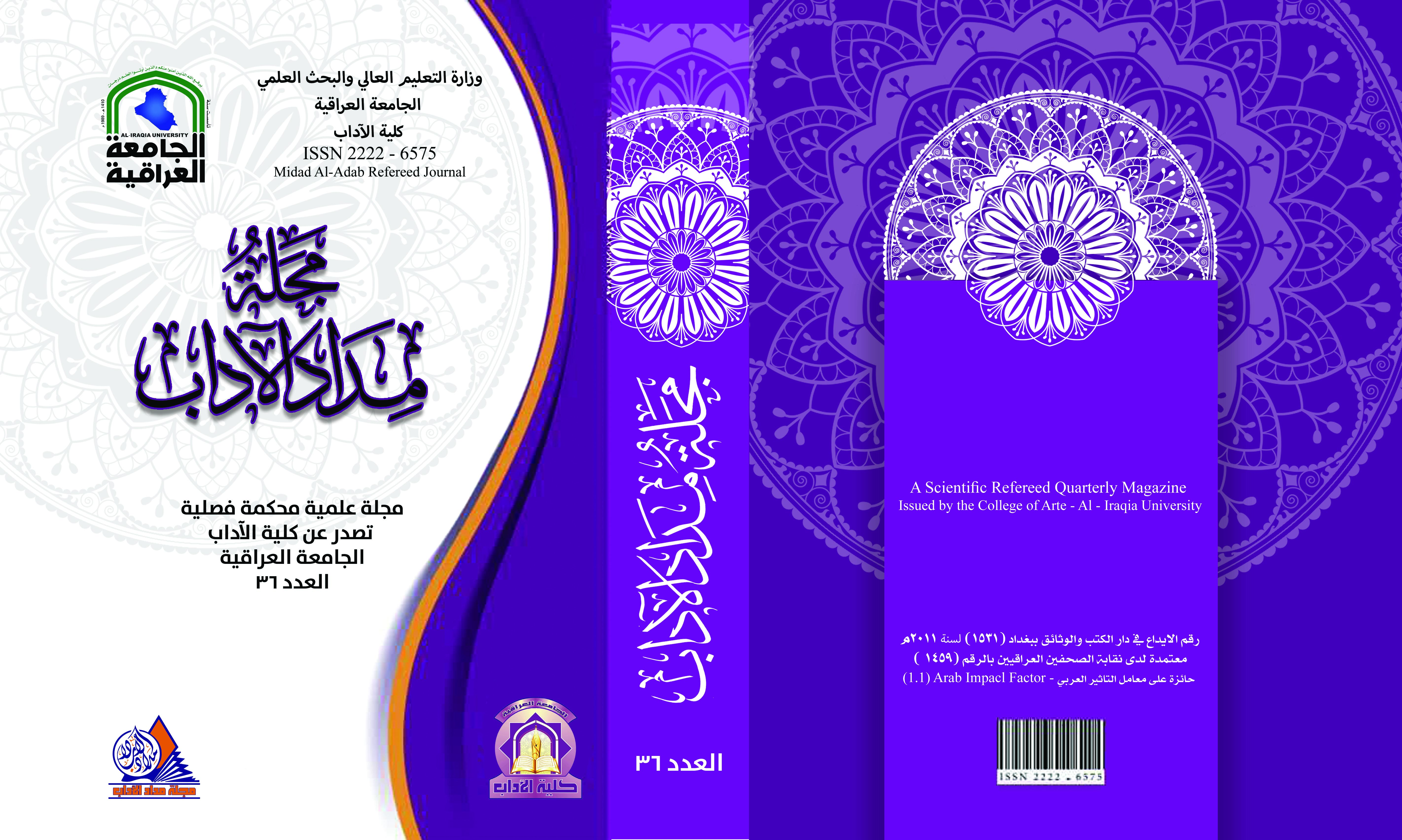The spatial relations of the elements of urban growth in Iraq for the period (1987-2023).
DOI:
https://doi.org/10.58564/ma.v14i36.1565Keywords:
urban growth, births, deaths, migrationAbstract
Urban growth in Iraq is a reflection of economic, demographic, social and political transformations, as the cities of Iraq witnessed great developments in its structure and its population size, and this came as a result of the high oil prices in the eighties, as well as the high size of the population and its relationship to population growth, and thus the impact of this on the distribution of the population and the increase in internal immigration towards Urban centers, and social changes have an impact on the transmission of the population from the countryside to the cities. As for marriage or job, political changes have a great impact on the size and structure of cities, as the administrative level of some units was raised to a province and others from village to district.
After the year 2003, Iraqi cities witnessed radical changes as a result of political and security events, and as a result, urban growth was affected by the increase in challenges in providing basic services, as well as the great migration from countryside to the city, especially immigration from the governorates to Baghdad due to the volunteering of the children of those governorates on security institutions Most of them came with their families, which led to transformations in the size of the population and high population growth rates in the cities at the expense of the countryside, and the deterioration of agriculture in most of Iraq’s governorates was a major reason in the migration from the countryside to the city.
The results of the research came with a variation in the growth of the urban population in the governorates of Iraq, and the provinces of Dohuk and Karbala came with the highest rate (3.82, 2.89) during the period (2013 - 2023) in succession, to record Anbar Governorate the lowest rate (1.50), and Baghdad Governorate recorded the highest percentage of the population Al -Hadr reached (26.9%) for the year (2023), and Al -Muthanna Governorate came with the lowest percentage (1.4%) for the year 2023. Basra Governorate recorded the highest rate of crude births (30.78) per 1000 people from the population, and the Sulaymaniyah Governorate came with the lowest birth rate of (22.50) As for the raw death rate, the arrangement is issued by Al -Muthanna Governorate at a rate of (6.09) per 1000 people of the population, and the Erbil Governorate came at the lowest rate of (2.40), while the net immigration rate, which is the most influential on the high rate of urban growth, has recorded the highest positive rate (14.67), while Nineveh Governorate recorded the lowest negative rate of (15.34) for the year 2023.
Downloads
Published
Issue
Section
License

This work is licensed under a Creative Commons Attribution-NonCommercial-NoDerivatives 4.0 International License.








